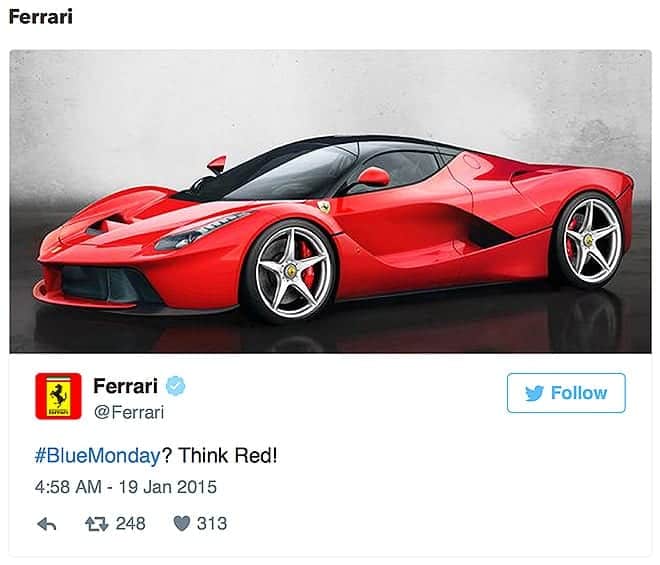NFL concussion policy under scrutiny once again

“The show must go on” may work as a motto sometimes, but can lead to harm when taken too far
On Sunday, September 25, the Miami Dolphins hosted the Buffalo Bills. During the game, Dolphins quarterback Tua Tagovailoa suffered a hit that caused him to hit his head on the turf. When he stood up from the play, he was visibly shaken up as his legs started to give out underneath him. His teammates had to hold him up while trainers made their way onto the field. He was taken off the field where he was then assessed by the team doctor and an independent neurologist.
Many people watching at home believed that Tagovailoa had suffered a concussion due to his response after the hit, and many were shocked to see him return to the game and continue playing. For him to return to playing meant that Tagovailoa had been cleared by the team doctor and the independent neurologist. After the game, the Miami Dolphins indicated that Tagovailoa had suffered a back injury, and that he did not show any signs or symptoms of a concussion.
Due to public outcry, the NFL opened an investigation into the incident. However, the investigation did not require Tagovailoa to sit out until the investigation was complete. Therefore, he was allowed to continue to practice and play leading up to the Dolphins game on Thursday.
In a short NFL week, the Dolphins travelled to Cincinnati to play the Bengals. During the game, Tagovailoa took another hit and his head again hit the turf. However, this time, he became unconscious and was seen in a position known as ‘fencing.’ Fencing normally occurs after neurological trauma and causes someone’s arms to be held in an unnatural position. Tagovailoa was then carted off the field after receiving two blows to the head within five days.
After being transported to hospital, the Miami Dolphin’s released a statement that Tagovailoa was indeed conscious, and that all his extremities had movement. This raised a lot of questions from the public and sports commentators about how the NFL handles concussions, and the imperfection within their policies. After Tagovailoa’s injury, many former NFL players came forward stating that they had previously manipulated NFL protocols by stating that some other body part hurt in order to allow them to continue to play. Many athletes have a hard time leaving games even when they are seriously injured, even when it’s in their best interest to stop competing.
People believe that this was the case of Tagovailoa as the team stated that he injured his back, though signs after the hit indicate that this was not the case. However, after the investigation concluded, the NFL and NFLPA indicated that the concussion protocol failed as the intended outcome of this protocol was not met in this case. The NFL has since changed its protocol heading into this weekend’s games, which saw Miami Dolphins quarterback Teddy Bridgewater exit the game in the first quarter after his head hit the turf.
Although this incident has painted the NFL in bad light once again, the NFL has made positive steps in the right direction this past preseason by requiring all offensive linemen, defensive linemen, tight ends, and linebackers to wear helmet protectors called Guardian Caps. The Guardian Caps are an extra layer of protection that goes over top of players’ helmets to help minimize the impacts of hits to the head. Results indicate a 10 per cent reduction in the severity of impact when one player in a collision wears the helmet, and a 20 per cent reduction when two players wear helmets. However, these helmets were only worn during the preseason and not during the regular season. The NFL understands the impact that hits have on players, and it is also their responsibility to fix loopholes and gaps within policies and protocols that impact players negatively.










